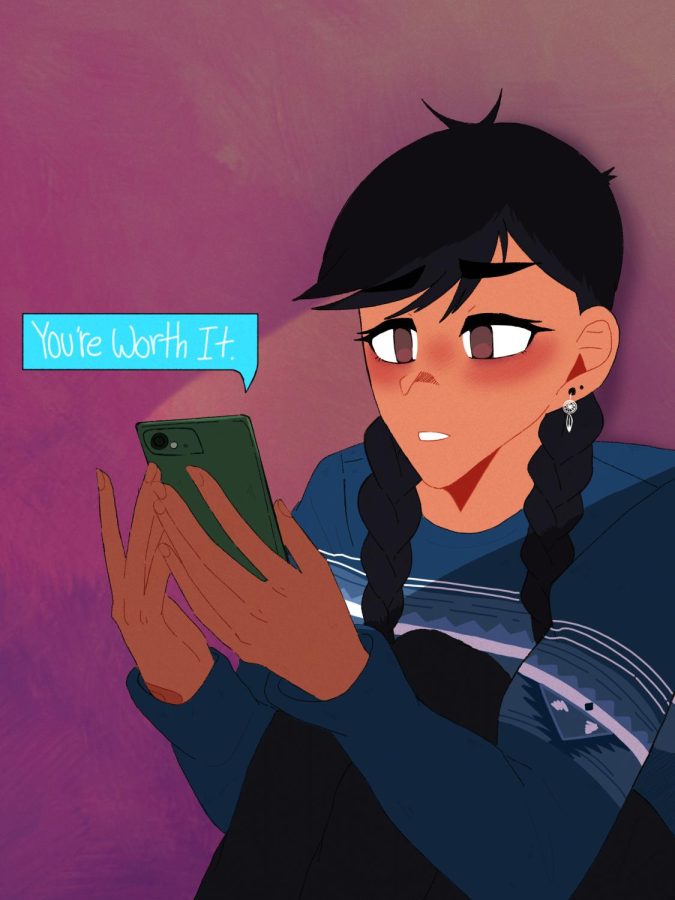Reducing suicide one message at a time
Researchers will use hub to reduce Native American suicides
In young Native populations, suicide is the second leading cause of death, Bogic said.
March 3, 2022
The Institute for Research and Education to Advance Community Health (IREACH) and WSU’s Elson S. Floyd College of Medicine are developing a hub to reduce suicide burden in Native American populations.
There are 129 suicides per day in the U.S., making it a leading cause of death. Young Native Americans are disproportionately affected by suicide. They are six times more likely than white counterparts to commit suicide, which makes it the second leading cause of death within the group, said Marija Bogic, senior social scientist for IREACH.
Native populations have faced historical trauma through colonization and continue to face socio-economic exclusion, racism and discrimination. Native Americans also suffer from inaccessibility to health care, education and employment, Bogic said.
“It becomes a sense of hopelessness and helplessness that must be pretty strong,” she said. “And we know that both of those contribute to increased suicide risk.”
Bogic said there are two aims for the hub. The first aim will focus on screening for suicide risk and implementing an evidence-based strategy known as Screening, Brief Intervention, and Referral to Treatment. SBIRT is recommended by the National Strategy for Suicide Prevention as a program for early detection and prevention of suicide.
The second aim will compare SBIRT as a standalone prevention strategy to SBIRT with a model called “caring contacts,” she said.
Caring contacts, in relation to the hub, will take place in the form of 30 text messages over 12 months. The goal is to increase SBIRT retention as well as social and cultural connectedness, she said.
The messages which will express care and interest in the person’s well-being will be non-demanding. This means receivers will not be expected to respond to them, Bogic said.
This model is based on the interpersonal theory of suicide that states the strongest and most consistent suicide risk factor, including in Native populations, is social isolation, she said.
“This theory posits that people die by suicide because they become extremely socially isolated,” Bogic said. “They become extremely hopeless about belonging with others in their community. Building social connectedness can help in improving their sense of belonging, that sense of desire to live, and therefore [Native American] resilience and enlightenment.”
Social connectedness is also a validated cultural value in Native American communities, she said.
The study will be conducted in primary care facilities in a randomized trial. Half of the patients at risk for suicide will be given regular treatment, while the other half will receive caring contacts in addition to regular treatment, she said.
Although phones are a common source of communication, this intervention strategy will not be limited to them. Participants can also choose to receive emails or social media messages if they prefer, said Lucy Herbert, assistant research professor at IREACH and the Elson S. Floyd College of Medicine.
Herbert said caring contacts can increase social connectedness in Native populations without any in-person elements. It is less burdensome on individuals experiencing suicide ideation.
“It’s convenient,” she said. “It’s not something that needs to be scheduled that [patients] need to show up to, which is something that having to be in person would require. It’s just something that they can sit with and know someone’s caring about them.”










